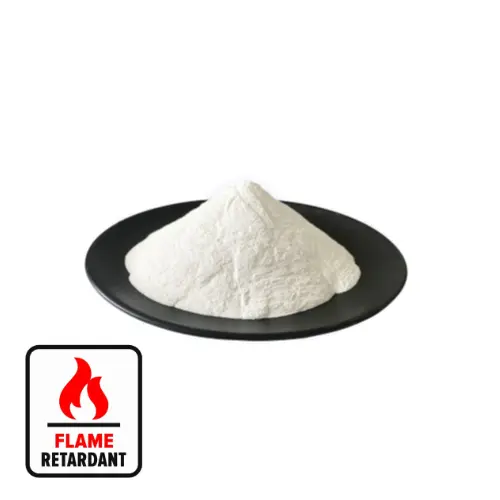Magnesium hydroxide has fine particle size and less wear on equipment, which is conducive to extending the service life of processing equipment. At the same time, raw materials are easily available and the production cost is low. It can be widely used in polypropylene, polyethylene, polyvinyl chloride, high-impact polystyrene and ABS. At present, more than 20 companies in nearly 10 countries abroad produce more than 20 varieties, with a total annual production capacity of about 170,000 tons. Many countries are still building or planning to build new magnesium hydroxide plants. According to a survey by Hebei Messi Biology Co., Ltd., the total annual production capacity of magnesium hydroxide plants to be built in recent years is about 140,000 tons.
Magnesium hydroxide is an additive inorganic flame retardant, which has better smoke suppression effect than similar inorganic flame retardants. Since 80% of deaths in fires are caused by smoke suffocation, “smoke suppression” is more important than “flame retardant” in contemporary flame retardant technology.

Magnesium hydroxide does not emit harmful substances during production, use and disposal, and can also neutralize acidic and corrosive gases produced during combustion. It is an environmentally friendly green flame retardant. The thermal decomposition temperature of magnesium hydroxide is high, 140℃ higher than that of the commonly used inorganic flame retardant aluminum hydroxide. It can make the synthetic materials with magnesium hydroxide added withstand higher processing temperatures, which is conducive to speeding up the extrusion speed, shortening the molding time, and also helps to improve the flame retardant efficiency.
At present, my country’s annual production capacity of magnesium hydroxide flame retardant is about 13,000 tons. Due to the enhanced environmental awareness, inorganic flame retardants have been used in large quantities abroad, among which the consumption of inorganic flame retardants in the United States, Japan, and Western Europe accounts for 60%, 64%, and 50% of the total consumption of flame retardants, respectively. Among them, inorganic flame retardants are mainly aluminum hydroxide and magnesium hydroxide. Since magnesium hydroxide has many advantages over aluminum hydroxide, the proportion of magnesium hydroxide is increasing. According to foreign data statistics, the consumption of magnesium hydroxide flame retardants in Western developed countries accounts for more than 30% of the consumption of inorganic flame retardants. The current annual consumption in the United States, Western Europe, and Japan is about 50,000 tons, 80,000 tons, and 30,000 tons, respectively. It is expected that in the next five years, the average annual growth rate of consumption in the United States, Western Europe, and Japan will be 12%, 8%, and 7%, respectively. Based on the above analysis, the development prospects of magnesium hydroxide flame retardant in the world are bright.
In recent years, my country has developed rapidly in synthetic polymer materials. In 2002, the output of plastics exceeded 8 million tons. According to the experience of developed countries, the annual consumption of plastic flame retardants will reach more than 600,000 tons. If inorganic flame retardants account for 50% of them, and magnesium hydroxide flame retardants account for about 30% of inorganic flame retardants, 90,000 tons of magnesium hydroxide flame retardants will be needed each year. It can be seen that my country has great potential for the development of magnesium hydroxide.
